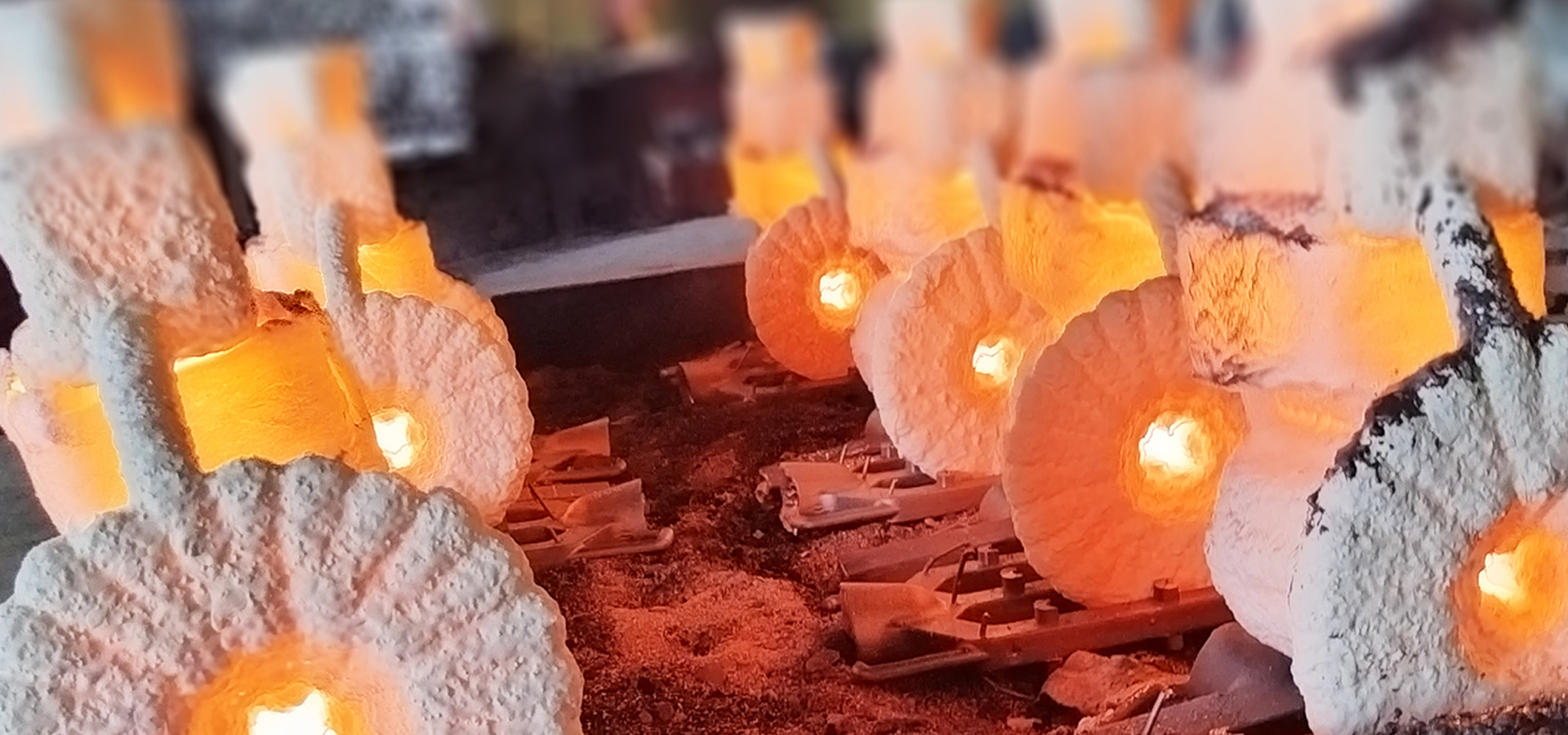FAQ
Lost wax casting is widely used in industry machinery and equipment, valves, pump, injection engines, gas turbines, measuring instrument, aircraft parts, internal combustion engines, vehicles, food machinery, printing machinery, paper machinery, compressors, sewing machines, steam turbines, weapons, business machines, and other machine parts
A
Investment casting is a manufacturing process in which a liquid material is poured into a ceramic mold, which contains a hollow cavity of the desired shape, and then allowed to solidify. The solidified part is the casting, which is broken away from the ceramic mold to complete the process. The steps within the investment casting process are as follows:
A
The ancient art and science of investment casting is also known as the lost wax process. Investment casting was developed over 5500 years ago and can trace its roots back to both ancient Egypt and China. Parts manufactured in industry by this process include dental fixtures, gears, cams, ratchets, jewelry, turbine blades, machinery components and other parts of complex geometry.
A
Investment casting is a manufacturing process in which a wax pattern is coated with a refractory ceramic material. Once the ceramic coating material is dry and hardened, the wax is melted out and leaves an internal cavity the shape of the final product’s geometry. Molten metal is poured into the cavity where the wax pattern was. The metal solidifies within the ceramic cavity, cools, and the ceramic is removed from the metal casting. The result of this process is a net to near-net precision metal component which can be used for a broad range of applications in various industries.
A
Precision casting method refers to the use of non-metallic mold (shell mold), accuracy dimension and bright surface is higher than the general sand casting method which has a unique characteristic and advantage different from general traditional casting, forging, and mechanical cutting. Precision casting is another name commonly known and divided into three categories, including lost wax casting or investment casting, plaster mold casting and ceramic mold casting, the most important lost wax casting. The originally English called investment casting; however, the manufacturing process of dewaxing, it is also known as lost wax casting.
There are two major categories of lost wax casting: solid mold and ceramic shell mold. The ceramic shell mold is a modified method from solid mold. Most of foundries apply for this method already.
Lost wax casting is widely used in industry machinery and equipment, valves, pump, injection engines, gas turbines, measuring instrument, aircraft parts, internal combustion engines, vehicles, food machinery, printing machinery, paper machinery, compressors, sewing machines, steam turbines, weapons, business machines, and other machine parts
A
The material of the lost wax casting method is made of refractory slurry (such as silicic acid or silicone rubber), binder and other materials to make slurry liquid and mix with zircon sand and mulgrain sand are sequentially covered in the wax tree outside after repeating several times of dipping slurry, fluid sand and drying to form a layer of similar ceramic shell, after the formation of the so-called ceramic shell mold, so casting alloy steel, super alloy and other high-temperature high-precision casting method, known as ceramic shell mold lost wax casting method.






